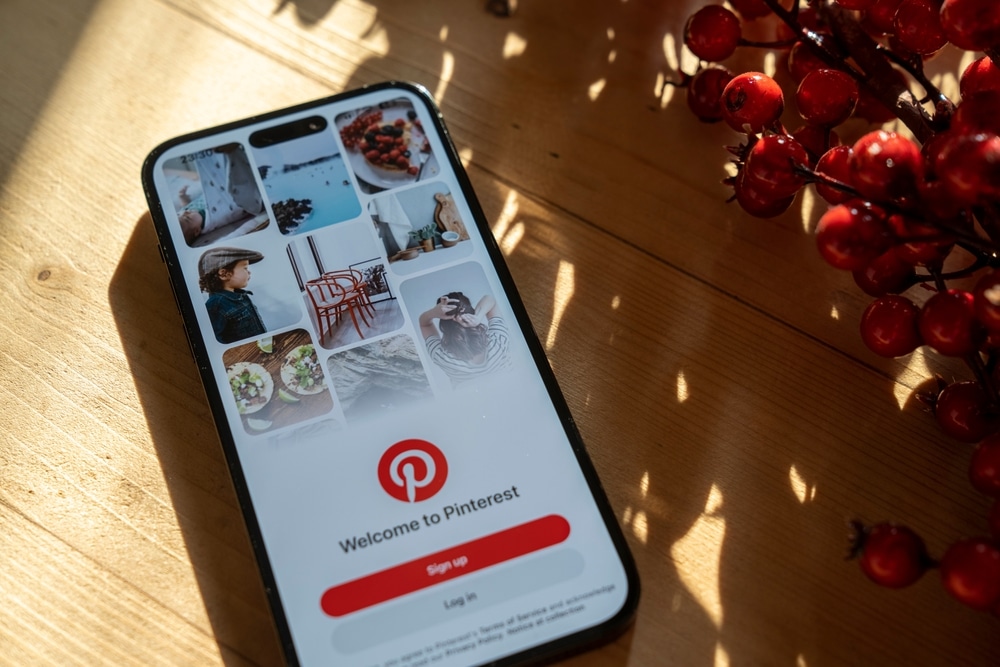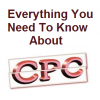With social media ad costs rising and competition becoming fiercer across dominant platforms like Meta and Instagram, marketers are increasingly on the hunt for performance channels that offer a real return — not just reach. As budgets tighten and expectations climb, the spotlight is shifting toward platforms that blend discovery, intent, and action at scale.
One such contender? Pinterest.
If you’ve overlooked Pinterest as a serious ad channel, now is the time to take a second look. From its rapidly growing user base to its unique position in the customer journey, Pinterest may just be the most underutilized, high-intent space in your media mix.
The Paid Social Landscape Is Changing — Fast
Global social media ad spend is projected to rise by approximately 50% by 2029, exceeding $345 billion. While Meta and Instagram continue to dominate in scale, they’re not the only players worth your attention.
Advertisers who’ve relied heavily on these platforms are feeling the squeeze. In January 2025, average CPMs on Meta reached $10.83, up from $8.73 in 2023. That 24% hike isn’t a fluke — it’s part of a broader trend toward saturation and rising costs.
So, what’s the alternative? Brands aren’t pulling the plug on Meta or IG just yet, but they are diversifying into more cost-effective, high-engagement platforms — and that’s where Pinterest enters the picture.
Why Pinterest Deserves a Place in Your Ad Strategy
Pinterest isn’t just a digital mood board or a recipe browser anymore. It’s a robust, performance-ready platform that’s redefining how brands capture attention and drive action.
Officially rolling out advertising in 2013 with promoted pins, Pinterest has matured into a serious player in the ad space, forecasted to generate over $4 billion in ad revenue this year alone.
Unlike platforms built around passive consumption, Pinterest functions as a visual discovery engine. Users don’t simply scroll — they search with intent. That distinction is critical. Pinterest captures users earlier and more meaningfully in the decision-making journey, making it ideal for both brand-building and conversion.
Pinterest Ad Formats: Versatile and Full-Funnel
Pinterest offers a variety of formats tailored to different stages of the funnel and campaign goals:
Standard Pins
Static images that surface across home feeds, searches, and related pins. Great for brand awareness, driving traffic, and conversions.
Video Pins
Autoplay videos that bring storytelling and product showcases to life — perfect for top-of-funnel engagement.
Shopping Ads
Dynamic catalog-based units that highlight individual items, collections, or carousels — ideal for retargeting and direct response.
Collections and Carousel Ads
Immersive ad types for highlighting multiple products or creating branded storefront-like experiences.
Idea Ads
A rich, multimedia format combining video, imagery, lists, and text to tell compelling stories and prompt user interaction.
Quiz Ads
Interactive formats that invite users to answer questions in exchange for personalized results or recommendations.
Premiere Spotlight
Pinterest’s premium placement offering — think YouTube Masthead — securing prime real estate at the top of key feed locations.
Together, these formats empower advertisers to connect with users across the full journey — from inspiration to purchase.
What the Market Is Missing: A Misconception Worth Correcting
In running a Pinterest-focused agency, one thing is clear: most brands underestimate Pinterest’s potential.
Why? The platform is still often dismissed as a place for DIY projects, home décor, and holiday recipes. But that’s yesterday’s Pinterest.
Today, over 500 million people log in every month — not to browse aimlessly, but to actively seek products, ideas, and inspiration. This audience is primed to engage, and more importantly, primed to purchase.
How Much Does It Really Cost to Advertise on Pinterest?
Let’s break it down into two key perspectives:
1. Industry Benchmarks
A recent cross-industry study found that Pinterest CPMs are 26% lower than Meta and Instagram’s — a significant efficiency advantage. Less competition and more niche targeting help make that possible.
2. Your Campaign Variables
As with any platform, performance depends on audience, targeting, creative, and objectives.
Pinterest’s in-platform planner can forecast CPCs, CPMs, impressions, and more. Once live, your campaign’s success will be influenced by creative relevance, engagement rates, and conversion performance.
The takeaway? Creative quality and strategic alignment are rewarded, making Pinterest not just affordable, but performant.
What Sets Pinterest Apart? Key Competitive Advantages
Pinterest offers distinct advantages that other platforms can’t replicate:
Search Intent at Scale
96% of Pinterest searches are unbranded — a goldmine for brands looking to intercept shoppers early in the journey.
Affluent, Action-Ready Users
Pinterest reaches 28% of high-income households and drives a 40% larger average basket size than other platforms.
A Strong Female Audience
71% of UK users identify as female — and women are more likely to use Pinterest for milestone planning like weddings, baby showers, and big purchases.
Built-In Discovery Mechanism
80% of weekly users say they’ve discovered a new brand, and 83% of them have made purchases based on Pinterest content.
Explosive Growth
Pinterest hit 537 million monthly active users in Q3 2024, marking 11% quarter-over-quarter growth — translating into greater reach and targeting capabilities for advertisers.
Results That Speak Volumes: Real Brand Case Studies
Pinterest’s performance track record isn’t hypothetical — it’s backed by hard data. Just a few examples:
- Boursin – +2% in both ad recall and brand awareness.
- Louis Vuitton – 3.5M users reached in three days, with nearly 50% view rate.
- Wickes – 222% increase in conversions by combining CPM and CPC bidding.
- Vital Proteins – 5% boost in brand awareness and 60% jump in action intent with quiz ads.
- Sweaty Betty – 39% higher ROAS and 34% lower CPA vs. other channels.
And it’s not just the big spenders.
Small and mid-sized brands are seeing equally powerful results, particularly when leveraging Pinterest’s built-in discovery behavior and intent-driven audience.
Final Thoughts: Why Pinterest Shouldn’t Be an Afterthought
If your current paid social mix is overly reliant on saturated, high-cost platforms, Pinterest offers a rare blend of low competition, high purchase intent, and strategic ad tools.
For brands focused on efficiency, incremental growth, and early-mover advantages, Pinterest is no longer optional — it’s essential.
As someone who’s worked firsthand with clients across verticals, I can confidently say: Pinterest Ads are working — and they’re working for everyone.



